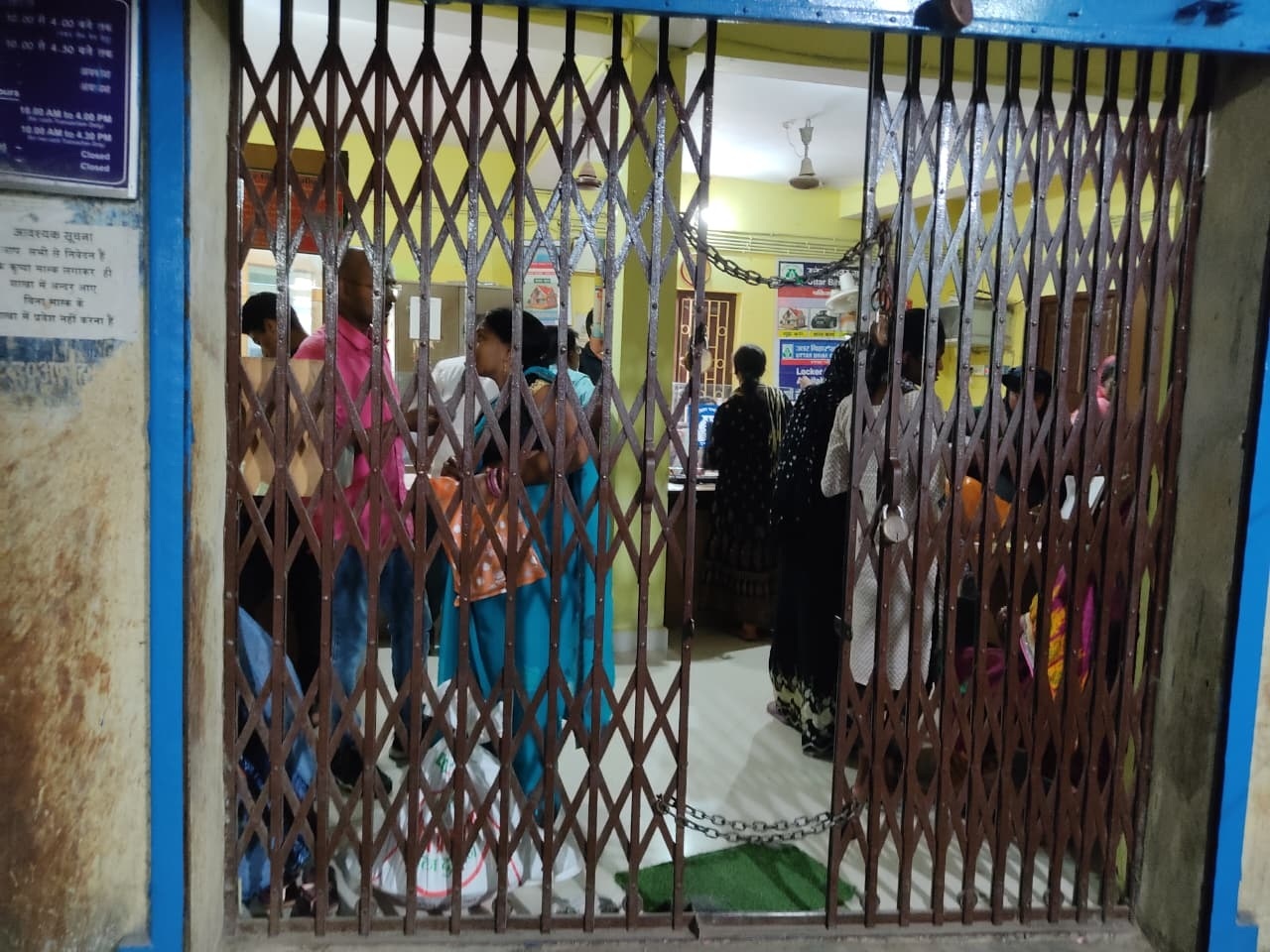Regional Rural Banks at 50: Celebrating Legacy, Confronting Challenges
Experts from rural banking call for reforms to address staff gaps and sustain growth in Regional Rural Banks, which marked 50 years of service on October 2, 2025.

Author: Saurav Kumar
Published: October 7, 2025
Half a century ago, on October 2, 1975, the first Regional Rural Bank (RRB) was established in Moradabad, Uttar Pradesh, with the vision of taking banking to India’s villages. On October 2, 2025, as RRBs mark 50 years of their formation, they stand as pillars of rural finance — serving over 40 crore customers across 28 banks with nearly one lakh employees — yet they are also institutions grappling with mounting pressures that many believe are diluting their original rural banking mandate.
Advertisement
The Legacy of Rural Banking
Advertisement
Created through the RRB Act of 1976, Regional Rural Banks were designed to blend the local touch of cooperatives with the financial backing of commercial banks. Over the decades, they have become a lifeline for farmers, self-help groups, rural entrepreneurs, and pensioners.
From introducing small farmers to institutional credit, to leading financial inclusion drives such as Pradhan Mantri Jan Dhan Yojana (PMJDY) and Direct Benefit Transfers, RRBs have been instrumental in bridging the rural-urban banking divide. In 2024, Baroda UP Gramin Bank became the first RRB to cross ₹1 trillion in business, a milestone reflecting the growing importance of these institutions in India’s financial system.
Advertisement
Milestones Amid Struggles
Regional Rural Banks marked a major achievement in FY 2023–24, crossing the ₹11 trillion business milestone — a testament to their deep reach and growing role in India’s rural economy. Yet, the achievement coexists with a parallel reality — a workforce under severe strain and a system facing long-pending challenges.
“The 50th year is both a moment of pride and concern for Gramin Banks,” said S. Venkateswar Reddy, Secretary General of All India Regional Rural Bank Employees Association (AIRRBEA). “While we celebrate five decades of service to the rural poor, issues like uncertain wages for temporary workers, growing workload, and staff shortages need urgent resolution to sustain the progress made.”
Echoing the sentiment, Srijan Pal, General Secretary of the All India Regional Rural Bank Officers Federation (AIRRBOF), said, “As RRBs celebrate 50 years of service, their journey stands as a powerful narrative of commitment, transformation, and hope. From humble beginnings to becoming a ₹12 lakh crore powerhouse, RRBs have not only upheld the mission of rural development — they have redefined it.”
However, Pal warned that the success is overshadowed by human resource distress. “Business is growing and responsibilities are expanding, but recruitment hasn’t kept pace. Unless manpower gaps are filled, both service quality and staff morale will continue to suffer.”
Recent manpower data supports this concern — RRBs face nearly 30,000 vacant positions, with many branches running on skeletal staff. One Office Assistant or Officer often manages entire branch operations, juggling multiple roles from recovery drives to cross-selling insurance. Employees report rising stress and weekend work, while temporary workers and Business Correspondents — vital to last-mile delivery — continue without job security or fair wages.
As RRBs navigate their golden jubilee, experts believe the next phase of reform should aim to balance autonomy, accountability, and the rural mission — with NABARD expected to play an increasingly central role.
NABARD’s Nurturing Role For RRBs
The National Bank for Agriculture and Rural Development (NABARD) has been a constant companion in RRBs’ journey — supervising, strengthening, and steering them through recapitalisation, institutional reforms, and the recent ‘One State, One RRB’ amalgamation policy.
Rana Mitra, General Secretary of the All India NABARD Employees Association (AINBEA), acknowledged this dual legacy. Speaking to Kanal, he said, “The present structure of RRBs is shaped by two key forces — their dedicated workforce and NABARD’s continuous supervisory and regulatory guidance.”
He added that on key indicators — priority sector lending, credit to weaker sections, agriculture, and MSMEs — RRBs have consistently outperformed their mandated targets, reaffirming their developmental role within India’s financial architecture.
Yet, Mitra cautioned against policy missteps that could undermine decades of progress. “Under no circumstances should RRBs be merged with their sponsor banks — that would be suicidal,” he said. “The way forward lies in creating a National Rural Bank of India (NRBI), functioning under the quasi-regulation and supervision of NABARD. This would ensure both financial discipline and developmental focus.”
Customers at the Core
For the 40 crore rural customers, RRBs remain indispensable. Farmers continue to depend on them for crop loans, pensioners for timely payments, and women’s groups for micro finance. But service delivery is under strain. Long queues, shortage of staff, and over-reliance on digital solutions in areas with weak connectivity have widened the gap between customer expectations and institutional capacity.

Image: Long queues of customers in Erstwhile Uttar Bihar Gramin Bank branch in North Bihar
The Road Ahead
As RRBs step into their next half-century, the questions are urgent:
- Can staffing be aligned with Mitra Committee norms to ease the pressure on employees?
- Will temporary and outsourced workers get dignity through fair wages and regularisation?
- How will RRBs balance digital expansion with the realities of rural connectivity?
A Moment of Reflection
The 50-year journey of RRBs reflects both resilience and continued public service. But it is also a reminder that these institutions — born out of India’s rural development vision — need policy support, fair staffing, and structural reforms to continue delivering on their mandate. For rural banking experts, employees and customers alike, the golden jubilee marks both a celebration of the past and a reminder of the work that lies ahead.
No comments yet.
